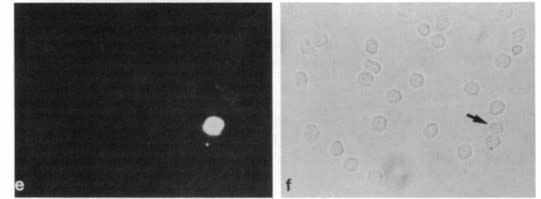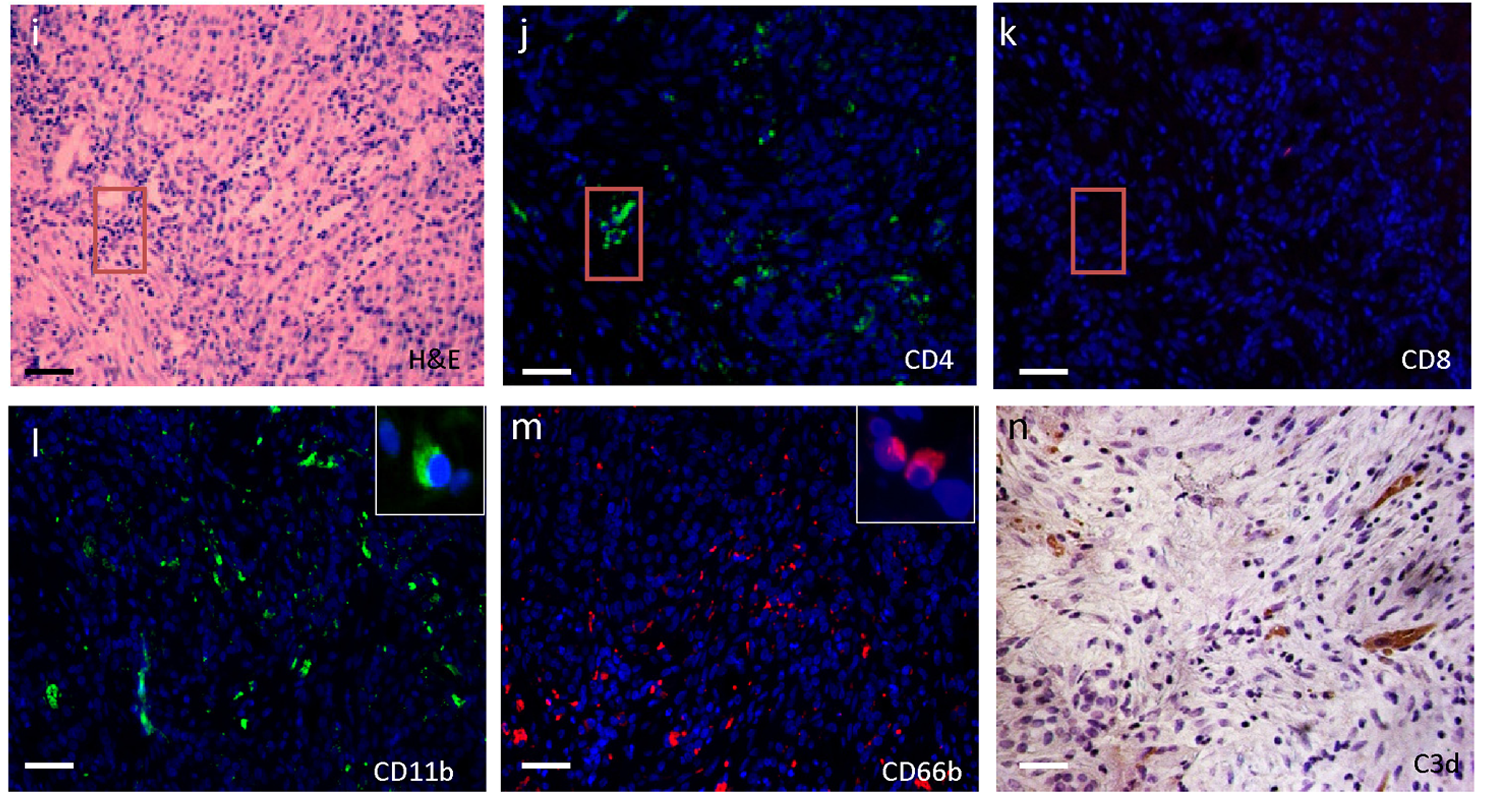
Cat. #156417
HDL2 iPSCs cell line
Cat. #: 156417
Unit size: 1x10^6 cells / vial
Disease: Huntington's Disease
Model: Stem Cells
£575.00
This fee is applicable only for non-profit organisations. If you are a for-profit organisation or a researcher working on commercially-sponsored academic research, you will need to contact our licensing team for a commercial use license.
Contributor
Inventor: Russell Margolis
Institute: Johns Hopkins University
Tool Details
*FOR RESEARCH USE ONLY
- Name: HDL2 iPSCs cell line
- Disease: Huntington's Disease
- Model: Stem Cells
- Description: This cell line was generated from induced pluripotent stem cells derived from fibroblast cell lines developed from patients with Huntington's disease-like 2. HDL2, discovered and genetically defined by the Margolis group, is a rare, autosomal dominant neurodegenerative disorder, clinically and neuropathologically very similar to HuntingtonÄË?Â?Âs disease. Like HD, the neuropathology of HDL2 is characterized by cortical and striatal neurodegeneration and the presence of neuronal protein aggregates. HDL2 is caused by a CTG/CAG expansion on chromosome 16q24. Normal alleles contain 6-28 triplets, while pathogenic repeats range from 40-59 triplets, remarkably similar to HD. In the CTG orientation, the repeat falls in the gene junctophilin-3 (JPH3). The development of HDL2 iPS cells as a tool for studying HDL2 provides several important opportunities including; an improved understanding of HDL2 itself,new insights into fundamental pathogenic processes relevant to other repeat expansion diseases, andthe opportunity to find pathogenic points of convergence between HD and HDL2 that will lead to a focus on therapeutic targets of most promise for both diseases.
Target Details
- Target: Huntington's disease-like 2 (HDL2)
Handling
- Format: Frozen
- Unit size: 1x10^6 cells / vial
- Shipping conditions: Dry ice





